Spring 2016 A publication of the Wildlife Division—Getting Texans Involved
It's Raining! Now What?
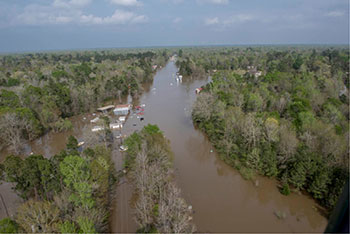
By Mark Klym
"Welcome to Texas. If you don't like the weather, wait five minutes-it will change!"
How often have we heard this short statement? It never seems to fail to bring a laugh from someone nearby, and Texans seem to repeat it like they are quoting famous literature. Drastic swings in rainfall means drastic swings in wildlife populations and habitat conditions. Ranchers and farmers settled in for drought conditions, and suddenly found themselves literally underwater.

Wet Weather and Invasives
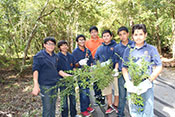
By Teri McArthur & Rose Belzung Holmes
Spending on invasive plant and animal control has reached the millions, and efforts to control these organisms often ramp up when drought breaks and rains resume. Many organizations are turning to volunteers to help control these exotic species in parks and natural areas.

Increased Internal Parasite Loads in White-tailed Deer in Central Texas during Summer 2015
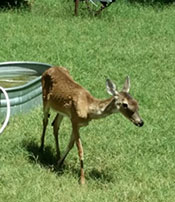
By Elizabeth Bates
It was a hot July day when I received the first phone call from a resident in Comal County, "I have a dead deer in my yard and there are other deer that look skinny and sick". That was the first of several phone calls I would receive over the next few weeks. All were residents describing deer as "skinny" and "sick looking". Many residents expressed concern explaining they never observed so many sick-looking deer.

Brush Management In Rain and Drought
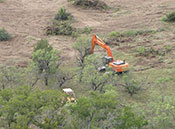
By James Gallagher
If you are a landowner or land manager who has been paying attention for the last 10-20 years then you realize that we have largely given up in our quest for brush control and have moved into the era of brush management and even brush sculpting. With this change in our perspective came the realization that brush management is not an event but more of a process. Therefore, anytime is a good time for brush management!

Do Americans Love Their Birds To Death?
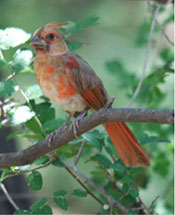
By Scott E. Henke
Americans love birds. They love to feed them and watch them. There is no mistake about this. An estimated 20 million households, nearly 30% of America, spent nearly $5 billion on bird seed and bird feeders in 2015. Having a backyard feeder is a good way for our kids to experience wild birds first hand. Kids can enjoy the diversity of birds that come to feeders and can marvel at the variety of colors of the various species that come to feast. Others feed birds to help the poor creatures through harsh winters. The love affair that Americans have with wild birds is obvious. However, is feeding birds an act of kindness or an unknowingly misguided deed?

The Back Porch - Exciting Times Ahead
By Richard Heilbrun
Similar to the boom and bust cycle of precipitation and harsh weather in Texas, financial support from Congress for wildlife can be unpredictable. In lean years, Texas has had to limit scientific investigations and cut important conservation programs. Even in flush years, Texas has never been able to effectively implement our Texas Conservation Action Plan (TCAP) due to lack of funds. The TCAP outlines a outlines a recovery roadmap for more than 1,300 of our most at-risk species.

Wild Stuff!
Help protect native non-game species like the Horned Lizard with the purchase of the Horned Lizard license plate. The cost is just $30*, with $22 going directly to benefit the conservation of wildlife diversity in Texas.
Order online today and get your plate in just two weeks!
*In addition to regular vehicle registration fees.
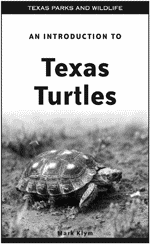
Introduction to Texas
Turtles Booklet
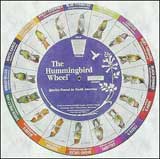
Hummingbird Wheel
This 10" full-color identification wheel is a helpful reference to keep nearby when you watch the hummingbirds. Sixteen hummingbird species are featured, all of which have been documented in Texas! For each bird, the wheel tells you its range in North America, Habitat Type, and distingishing features of both males and females.
To order visit the Texas A&M AgriLife Extension Bookstore.

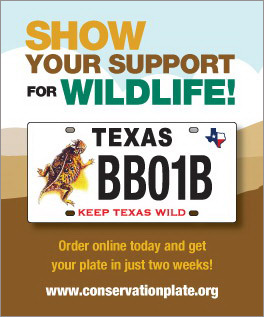
 Texas Parks and Wildlife Department, 4200 Smith School Road, Austin, TX 78744
Texas Parks and Wildlife Department, 4200 Smith School Road, Austin, TX 78744


